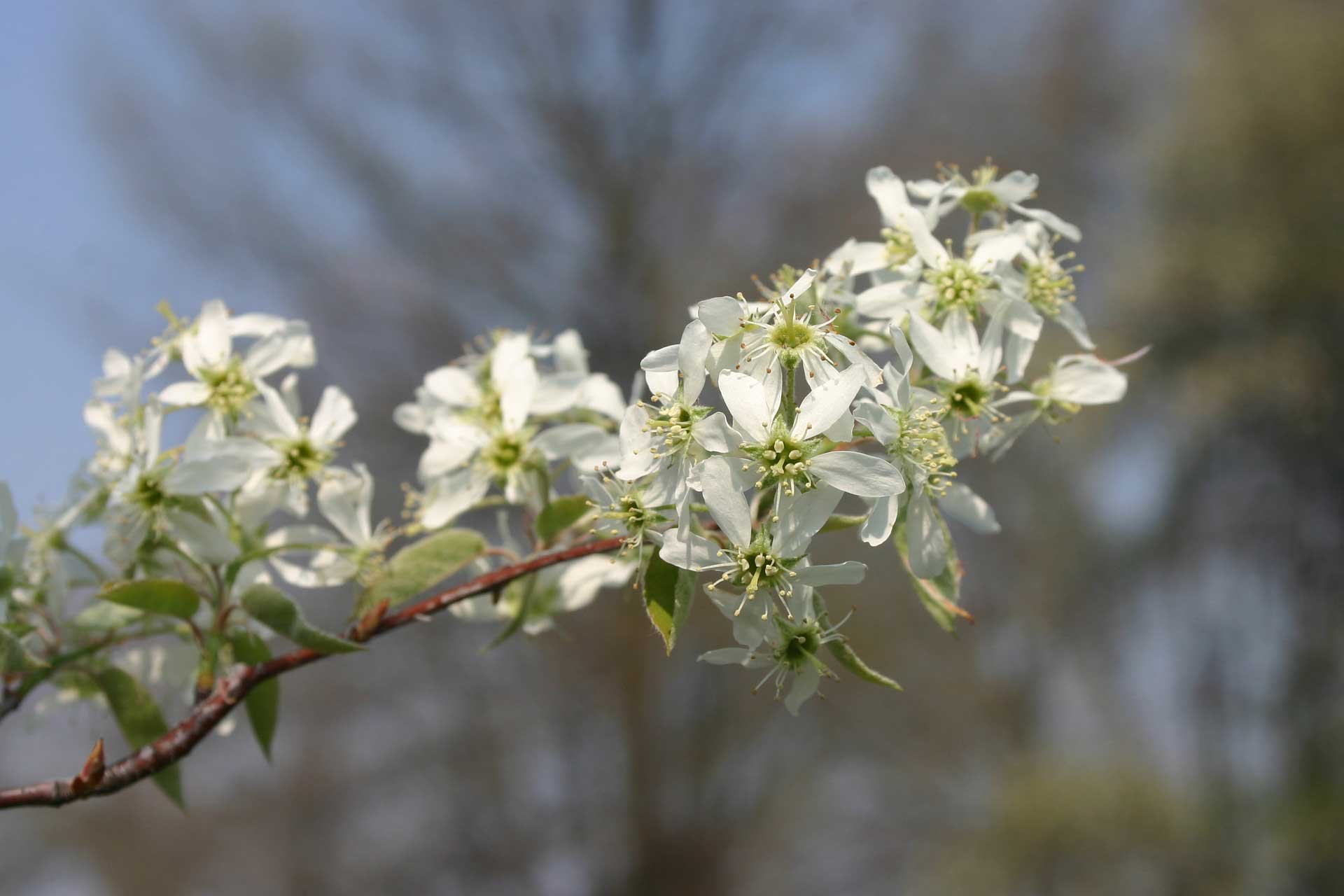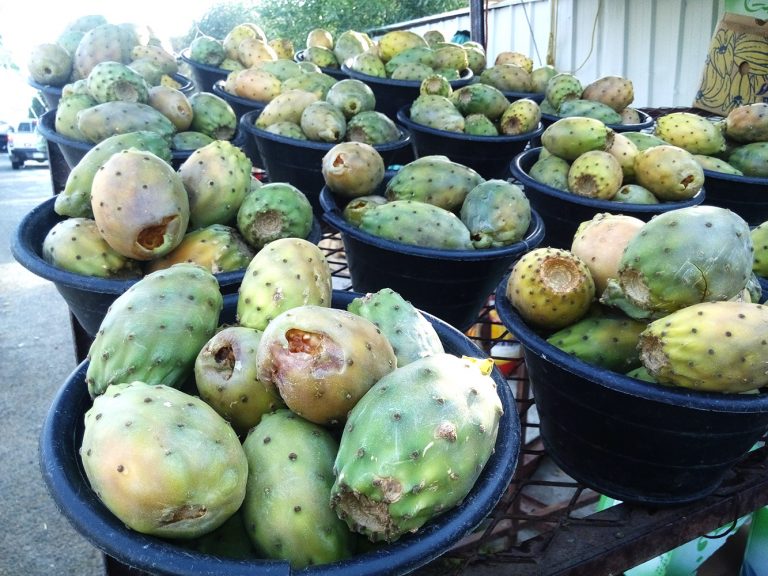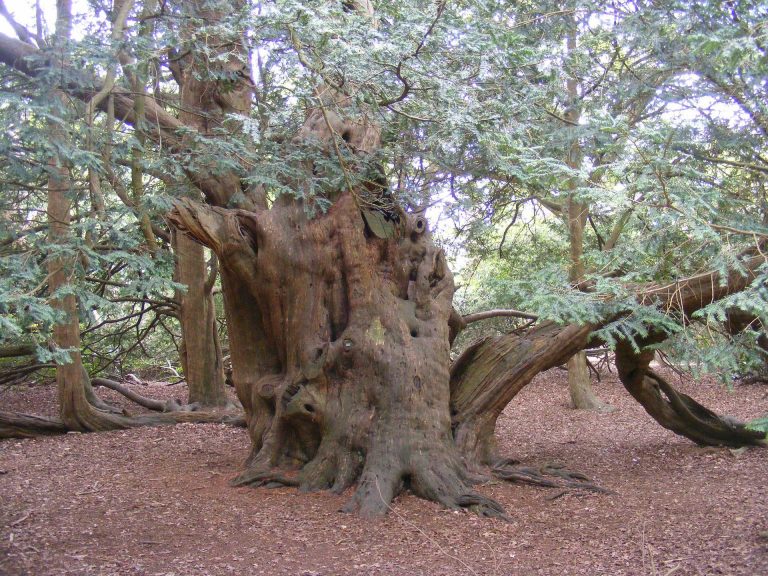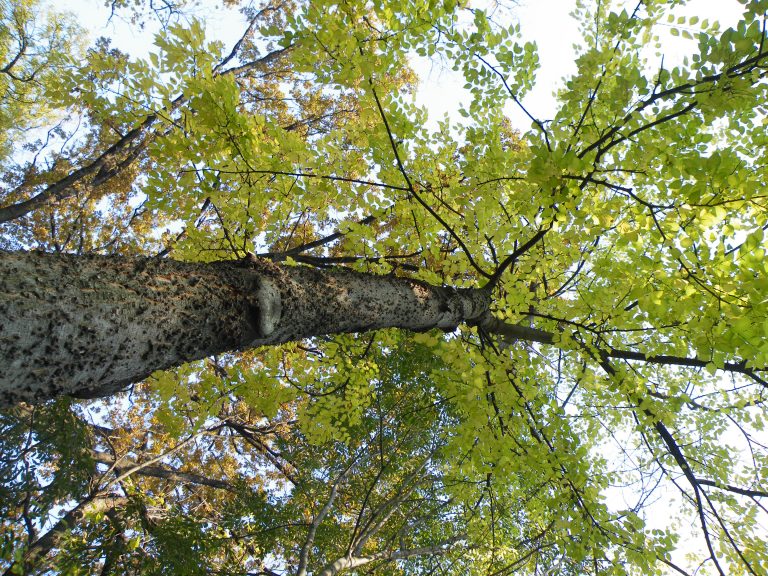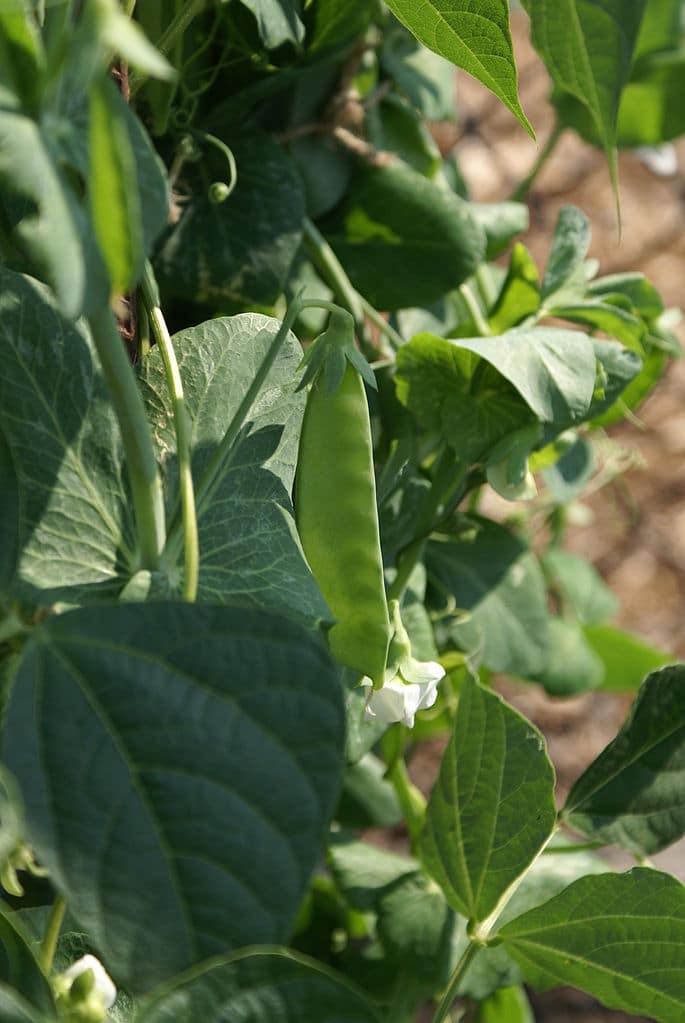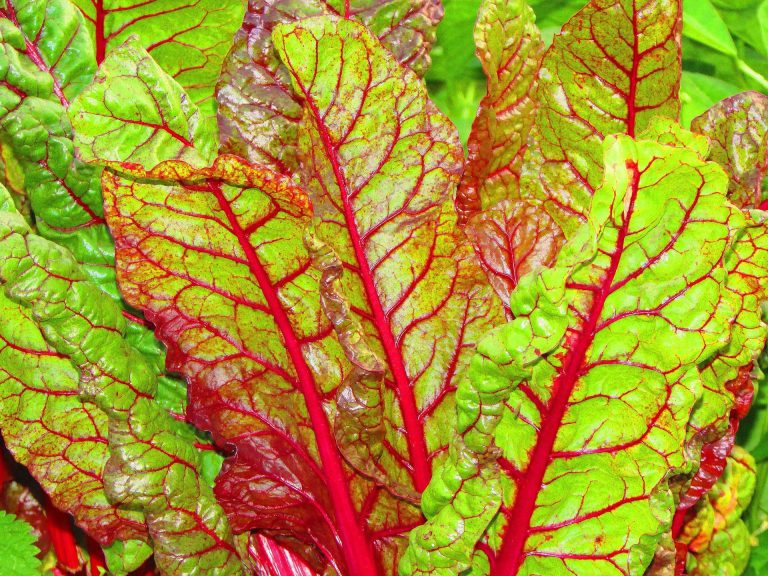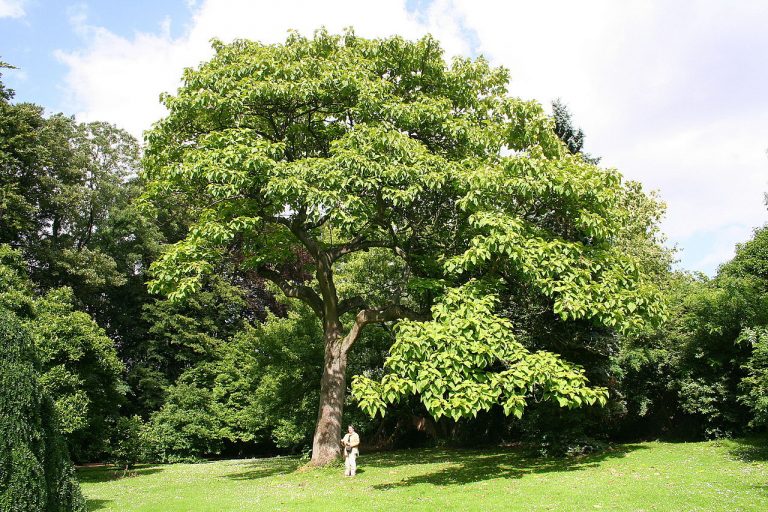Serviceberry
The Serviceberry shrubs and trees named as Amelanchier spp, belong to the Rosaceae family. These are deciduous trees, which we find all over the Northern parts of the world. Their 4 seasons of attractive blooming, the autumn color of the leaves, pome fruits, and in winter, the color of the bark are interesting.
The very name Serviceberry indicates the services of the church, because there are many possible references related to the pleasant blooming pleasant when preachers could pay a visit to the church, for instance the season of Easter. There are others who say that people were aware of the fact that at the time of the blooming of the Serviceberry the ground was soft enough for digging a grave.
It looks like a big shrub or a small tree called differently. This plant which is a native of America, exhibits its beauty early in the spring with its billows comprising of blooms colored lacy white and in autumn it once again exposes its beauty with its leaves round in shape with blazing colors. Late in the spring, Serviceberry is, at times named as June berry – Once the delicious berries colored red and purple, they are ripe, The fruit turns into a sumptuous edible fruit. The Serviceberry is an environmentally friendly and easy going tree.
Anatomy
The different varieties of Amelanchier grow to heights of 0.2 to 20 m. Few have several stems, few are tiny trees, few are shrubs that form clumps and still some display low shrub-like patches (clones). The color of the bark is gray or infrequently brown, when grown as trees. They are fissuring or smooth when aged. They have leaves that are deciduous, alternately set, cauline, simple, elliptical to lanceolate to orbiculate, of size 0.5 to 10 x 0.5 x 5.5 cm and thin to leathery; the surface of the leaves is hairy and matted cottony during the flowering time. During maturity, they are more hairy beneath.. The plant bears its flowers at the terminal, having 1 to 20 flowers either erect or drooping. They are either 1 to 4 flowers in clusters, or even in racemes with 4 to 20 flowers. The flowers have 5 white petals that are occasionally light pink, with red streaks or yellow. Their petals are linear or in the orbiculate (rounded) shape of size 2.5 to 25 mm. In one of the varieties (A. Nantucketensis), the petals are most of the time andropetalous (double flowers achieved when stamens convert to petals))., These flowers blossom in the early spring. The fruit is in berry like a pome, purple, red or approximately black when fully grown, and they are 5 to 15 mm in diameter, having no definite flavor, more or less sweet, and mature in summer.
Plants of Amelanchier have horticultural value, besides wildlife find good use for them.
Based on the type of cultivation, the Serviceberries are either bushes or trees, they have an attractive form and the fruits are edible. Even though all the Serviceberry fruits are edible, the one which is the tastiest is the Saskatoon type.
One of the Serviceberry that belongs to the Amelanchier genus is a gift to the house in which it is grown; its display is spectacular and flashy, with its white flowers that appear like lilacs during the spring. Its bark has a gorgeous gray color and its leaves are very beautiful, besides it grows to a height of 6 to 20 ft. When fully mature it grows even higher.
The normal height of a Serviceberry is 10 to 25 feet, and it spreads 10 to 15 feet wide. At times they grow to heights of 40 ft. However, in landscapes it is hard to find this tree. The crown of this tree is narrow, upright and round, with their leaves average in texture and the branches are not regular.
Ornamental Features
The tree is graceful and provides pleasure throughout the year to those who behold it. It is during the middle of March and the beginning of April that its 2 to 4 inches long attractive white flowers appear. They bare pendulous racemes.
Their deciduous leaves are in the form of an ellipse, having an average texture and are moderate deep green color. Within a month or two this edible fruit comes out in pretty, cute blackish-blue berries that wildlife enjoys. The color in the fall is fantastic; it has different shades, varying from yellow to orange and further, a dusty red color. The bark of this tree is of gray color, smooth and showy, having straight ridges. The tender twigs are colored olive-green and are beautiful. Serviceberry is a shrub, normally found with many stems. However, it has a good appearance if pruned into a short tree; this will highlight the bark which is ornamental.
Habitat
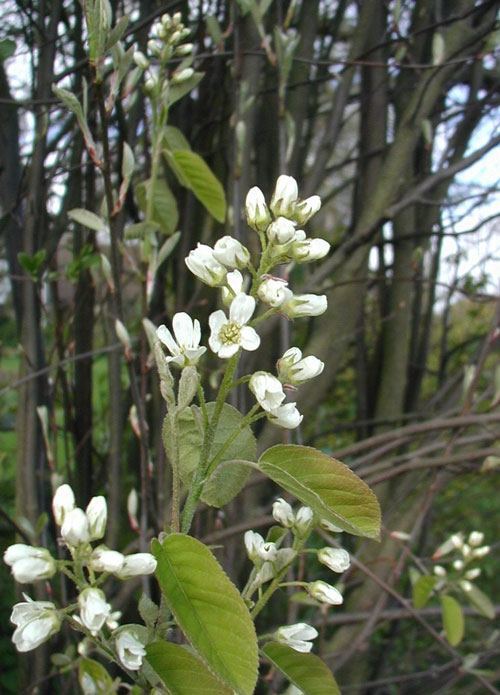
Photo by: Sten Porse
Amelanchier is indigenous to the temperate provinces of the Northern Hemisphere; it grows mainly in the premature habitats. It is the most taxonomically multiform tree in North America, particularly in the North Eastern part of the United States and the near the South eastern parts of Canada. You can find at least one variety of this tree in all the States of America, except Hawai and also all the provinces of Canada and the territories. One of its species is in Europe and two in Asia.
Growing at Home
Soil for Growing
These Serviceberries are not highly sensitive to the type of soil, even then they favor a pH between 6 and 7.8, and a soil with less content of clay which hinders the drainage system. They prefer a light soil.
Planting
Service berry thrives in full sun as well as in partial shade, however, if you are looking for the greatest harvest and for the best quality of fruit, then plant your Serviceberry in the full sun. Plant your trees feet apart just like a hedgerow, for the production of Serviceberry fruits. In order to prevent the serviceberries from the attack of birds searching for food, provide nets.
Watering
Serviceberries are satisfied with the meager requirements of water that maintains the soil wet and not soaked. Water the soil when 3 or 4 inches of its depth are dry. If you plant serviceberries in sandy soil, water them more frequently, because it drains faster than loamy soil. The water requirement of plants grown in a humid climate is less when compared to those in arid climates.
Flowering and Maturing
In the commencement of May the Serviceberries are seen adorned in their transitory best. The Serviceberry abruptly surrounds themselves with clouds of white flowers which disappear at the very same speed.
Care
In order to give the Serviceberry a glamorous look, and to retain the moisture, mulch around the tree to a depth of 2 inches. Distance the mulch from the trunk of the tree, Early in the spring is the ideal time for applying mulch.
Provide organic fertilizers around the drip line in intervals of six weeks while they are growing
While pruning, make it a point to sharpen your pruners in order to clip just what you need. Retaining few aged growth is imperative, because the flowers appear on old wood.
Pest and Pesticides
Japanese beetles, aphids, deer, borers, mice, slug sawfly, leaf miners, rabbits, plum curculio, scales, and spider mites are the potential pests. In case you desire to retain the fruit for yourself, then birds are likely to be pests.
This genus is susceptible to suckers, which is a potential issue. If you desire to generate masses in your garden, then this trait is good for it. This we see in native landscapes. When the suckers overcrowd and overtake the plants, then you need to bring a control on the suckers.
Maintaining the serviceberries healthy is the best way to get rid of the issues related to pests.
Harvest Month and Storage
The color of the berries will determine whether it is ripe or not and this is done towards the end of May or beginning of June. Several wild Serviceberries bear ripe berries in shades of blue that merge into purple colors, while the other types and cultivars ripen into colors of black, red or white, with a cream hue. Inspect them for ripening by squeezing it. Ripe ones are softer rather than harder. The taste should be sweet, also the big seed within sufficiently soft.
Varieties
The Latin Name is Allegheny Serviceberry: Amelanchier Laevis. Smooth Shadbush, Smooth Serviceberry and Amélanchier Glabre, are the other general names
Apple Serviceberry Latin Name: Amelanchier x grandiflora
Canadian Serviceberry
- This one’s Latin Name is: Amelanchier Canadensis and Shad Bush, Chuckleberry, Sugarplum, Currant-Tree, Juneberry, Shadoblow, Serviceberry and Sugarplum, Shadbush, Chuckleberry, Juneberry, Shadblow, Thicket Serviceberry, Currant-Tree, Shadbush Serviceberry. Shadblow And Serviceberry, are the other names of these varieties.
The Latin name for Downy Serviceberry: Amelanchier arborea
- Common Serviceberry, Shadblow and Juneberry Sarvis tree, Shadblow, Juneberry are the other names
Other Common Names: Snowy mespilus l, snowy mespilus
Round-Leaved Serviceberry
- Latin Name is Amelanchier Sanguinea
- Red-twigged Shadbush, Rock Serviceberry, Roundleaf Serviceberryand, Round-Leaved Shadbush are some of the other names.
Saskatoon Serviceberry
- The Latin Name is: Amelanchier alnifolia
- Dwarf Shadbush, Saskatoon, Alder-Leaf Shadberry, and Western Juneberry, Pacific Serviceberry, Western Serviceberry and Alder-Leaved Serviceberry are the other names.
Snowy Mespilus
- This ones Latin Name is Amelanchier ovalis
- Garden Serviceberr and Dwarf Garden Serviceberry are the other names,
Utah Serviceberry
- This one’s Latin Name is Amelanchier utahensis
- Utah Service Berry, Western Serviceberry, Sarviceberry, Western Serviceberry and Sarvis Tree are the other names.

Having discovered a fondness for insects while pursuing her degree in Biology, Randi Jones was quite bugged to know that people usually dismissed these little creatures as “creepy-crawlies”.

